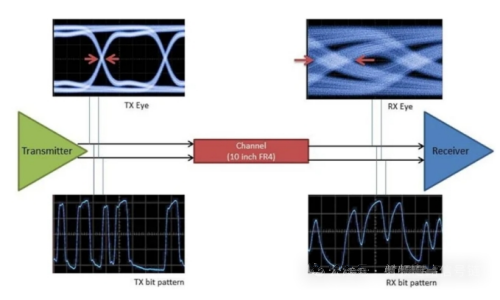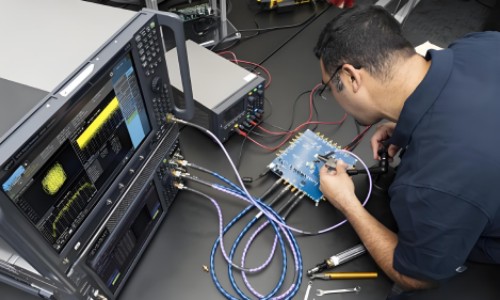[科普]ChatGPT使用技巧及举例实现MIMO波束赋形
天华中威科技小编著在前一篇科普文大火的ChatGPT在电磁领域的能力到底有多强?中,我们介绍了ChatGPT的强大功能。但很多朋友在使用ChatGPT过程中,并没有掌握技巧,因此无法得到期望的回答。
与ChatGPT的对话过程中,必须写出便于理解、消除歧义的Prompts(提示,即你的指令或问题),它才可以理解你的意思,做出正确的应答。下面我们用两个例子,向大家展示好的Prompts会让它变得有多强。在实战之前要说明几点:
Q:向ChatGPT一次最多发多少字符
4096字符。记住要清晰、简单,太多的字符反而未必得到正确的或期望的答案。
Q:重复问ChatGPT一样的问题会得到完全一样的答案吗?
不会。它每次的回答内容都不一样,即使让它翻译同样一段话。
Q:ChatGPT能扮演什么角色?
几乎所有。你可以让它 Act as MATLAB, Python, C, Excel, Translator, Lawyer等等。
Q:ChatGPT给出的知识都对吗?
不一定。很多它并不了解的知识,ChatGPT会拼凑出看似合理的答案,对初学者要引起充分的警惕。比如我问它某个西北菜怎么烹饪,它回答的头头是道、步骤清晰、逻辑性好,但做的方法并不对。
Q: ChatGPT具有产生新知识的能力吗?
它具有一定的集成创新能力。虽然ChatGPT只学了2021年之前的知识,但它的总结、联想能力很强。我们曾问它如何制作一支铅笔?能否给出一个之前没有的、创新的方法制作铅笔?它的回答涉及3D打印,尽管实际工业中可能并不可行,但该方法确实之前没有过。
Q:目前ChatGPT不具有哪些能力?
实时访问互联网或发电子邮件、完成复杂的科学计算(与编译器融合)等。
接下来就开始展示两个具有代表性的例子。
第1个例子,5G通讯的杀手锏:MIMO多天线的波束赋形算法。在一个好的Prompts下,MATLAB代码几乎不需修改,就能运行给出正确结果。图我也贴出来了。或许此时你会想起星爷的一句话:惊不惊喜,意不意外,开不开心?
Please write a MATLAB program about beam forming of the 1D antenna array line up along the x axis. Consider 10 antenna elements with uniform spacing of 0.5. The wavelength is 1. The radiation angle is from 0 to 180 degrees, where the x axis is related to 0 degree. Please use the following steps to write the program:
1. Establish a steering matrix A with the size of 181x10, which gives the array factors of all antenna elements covering all radiation angles. 181 is the number of matrix lines or radiation angles. 10 is the number of matrix columns or antenna elements.
2. Establish a radiation vector b with the size of 181x1. The elements are all zeros except for the 31th and 61th elements, which means the array radiates wave along both 30 and 60 degrees.
3. Get the complex excitation amplitude of each antenna element y by using y=A\b with the least square method.
4. Calculate the radiation pattern of the array by using the excitation amplitude y and the steering matrix A, i.e. res=A*y.
5. Please draw the radiation pattern with polar coordinates.
% Define the number of elements and spacing
N = 10;
d = 0.5;
% Define the number of angles and wavelength
angles = 181;
lambda = 1;
% Compute the steering matrix A
A = zeros(angles, N);
for i = 1:angles
for j = 1:N
A(i,j) = exp(-1j*2*pi*(j-1)*d*sin(pi*(i-1)/180)/lambda);
end
end
% Define the radiation vector b
b = zeros(angles, 1);
b(31) = 1;
b(61) = 1;
% Compute the excitation amplitude y
y = A\b;
% Compute the radiation pattern res
res = A*y;
% Plot the radiation pattern in polar coordinates
polarplot(linspace(0, pi, angles), abs(res));
希望对您有所有帮助。












 关注微博
关注微博 关注微信
关注微信 关注公众号
关注公众号 关注抖音号
关注抖音号